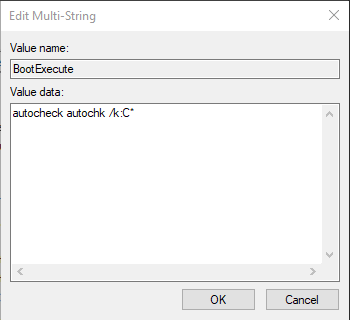By now, we’re sure you’ve read the advice over and over: Everyone needs to back up their files. But deciding to back up your files is only part of the process. Usually, to back up for Windows is to avoid the difficult and time-consuming job–reinstall the operating system. At one point you might have had an excuse: it was time-consuming or cumbersome, or storage was too expensive.
There are actually several other things that you can use the system repair disk for. But before I show you what the system repair disk can be used for, let me show you how to backup and restore windows 10. An important thing to remember, however, is image backups do not allow for selective restoration. Some of the cloud providers may in fact simply walk away with your data and you have no way of retrieving it.
Files are usually compressed to save space, however, even when compressed full backups may consume a lot of storage. There is a bunch of fragmentation that occurs when running certain system programs. ShadowMaker Free 1.0 is such a data protection and disaster recovery solution for Windows home users. This program is designed for backing up common types of files.
Why create a backup using complex file extension if you want to be able to just open the file and reuse it. Another alternative is to simply use both backup tools, but your mileage may vary—it's worked for me but one reader reports that Windows 8 is preventing use of both simultaneously. The data is unstructured and simple rather than complex like system image backup data. Regular backup assumes that you have the ability to access folders/images upon the how to system restore.

No comments:
Post a Comment